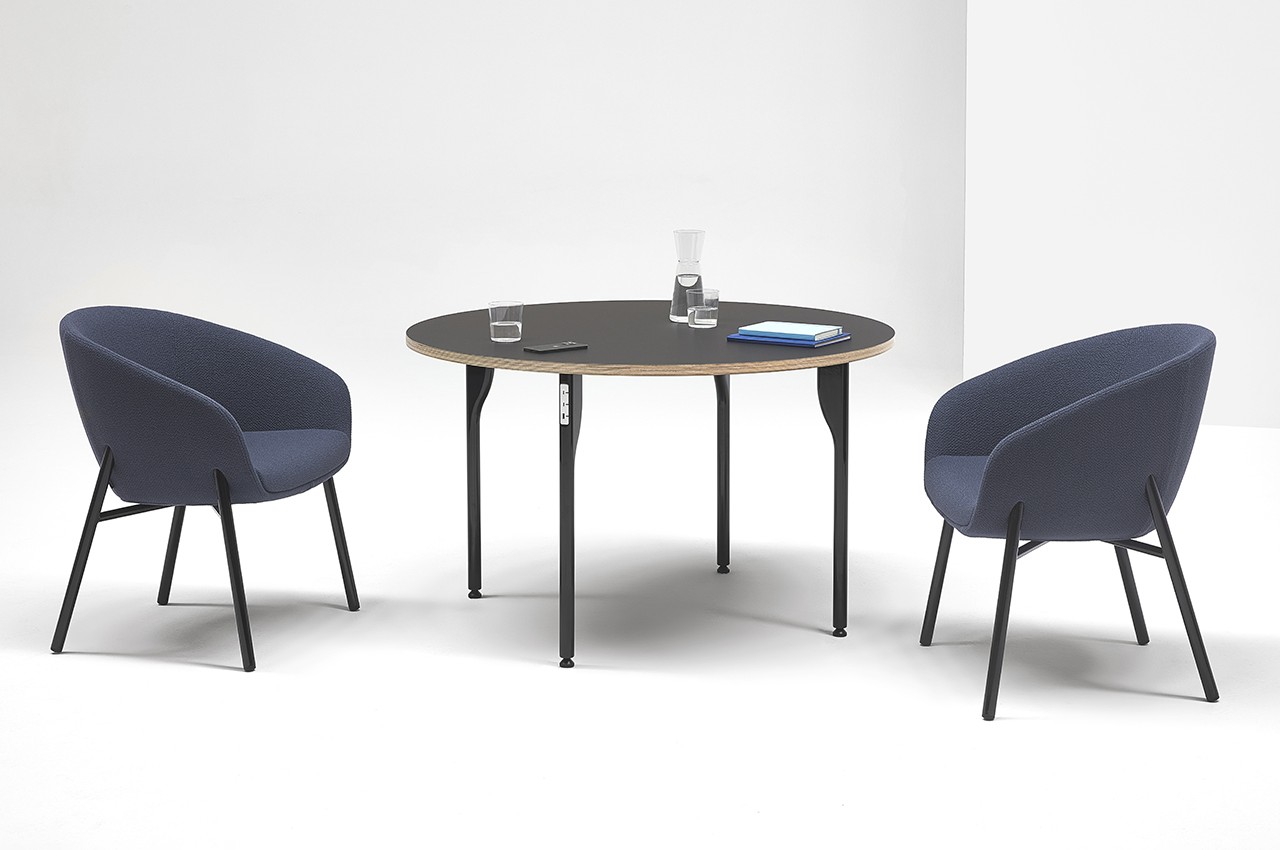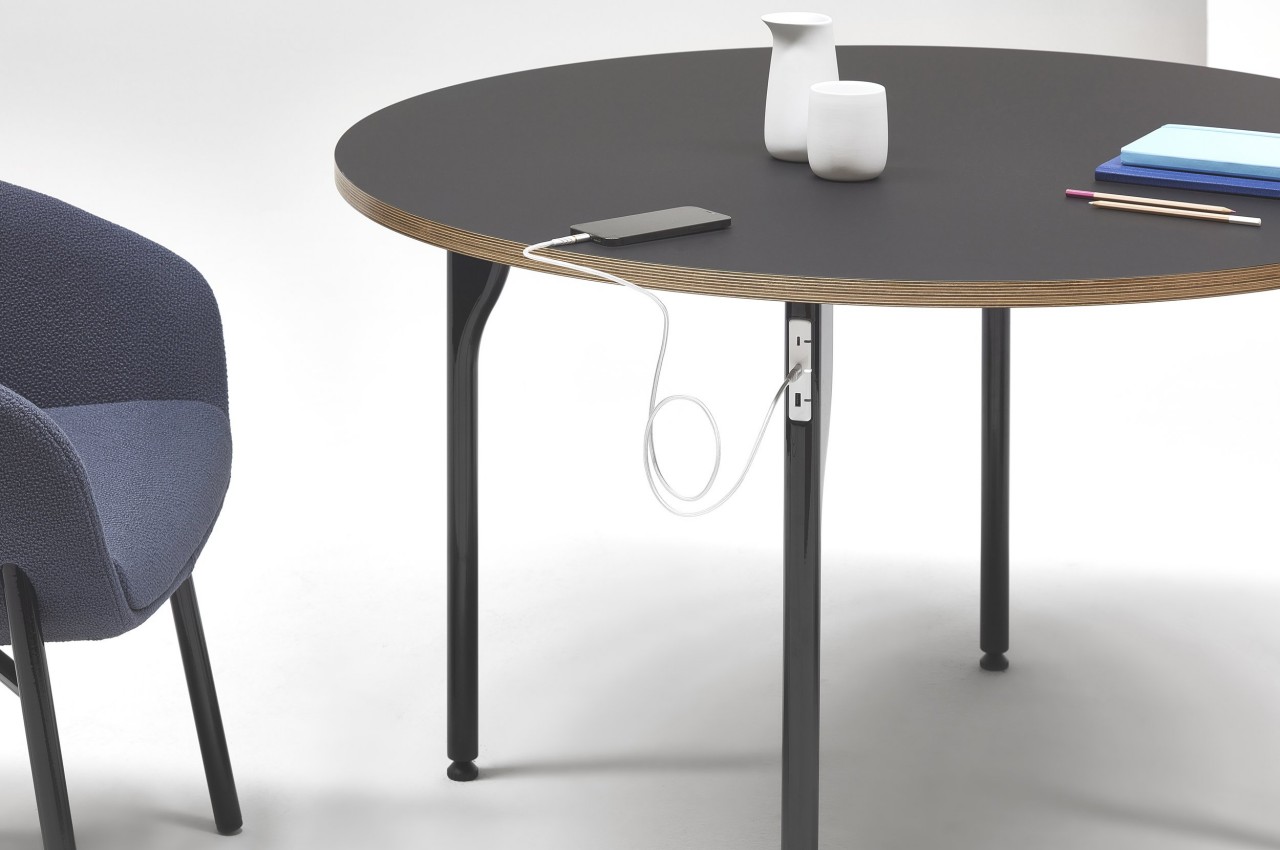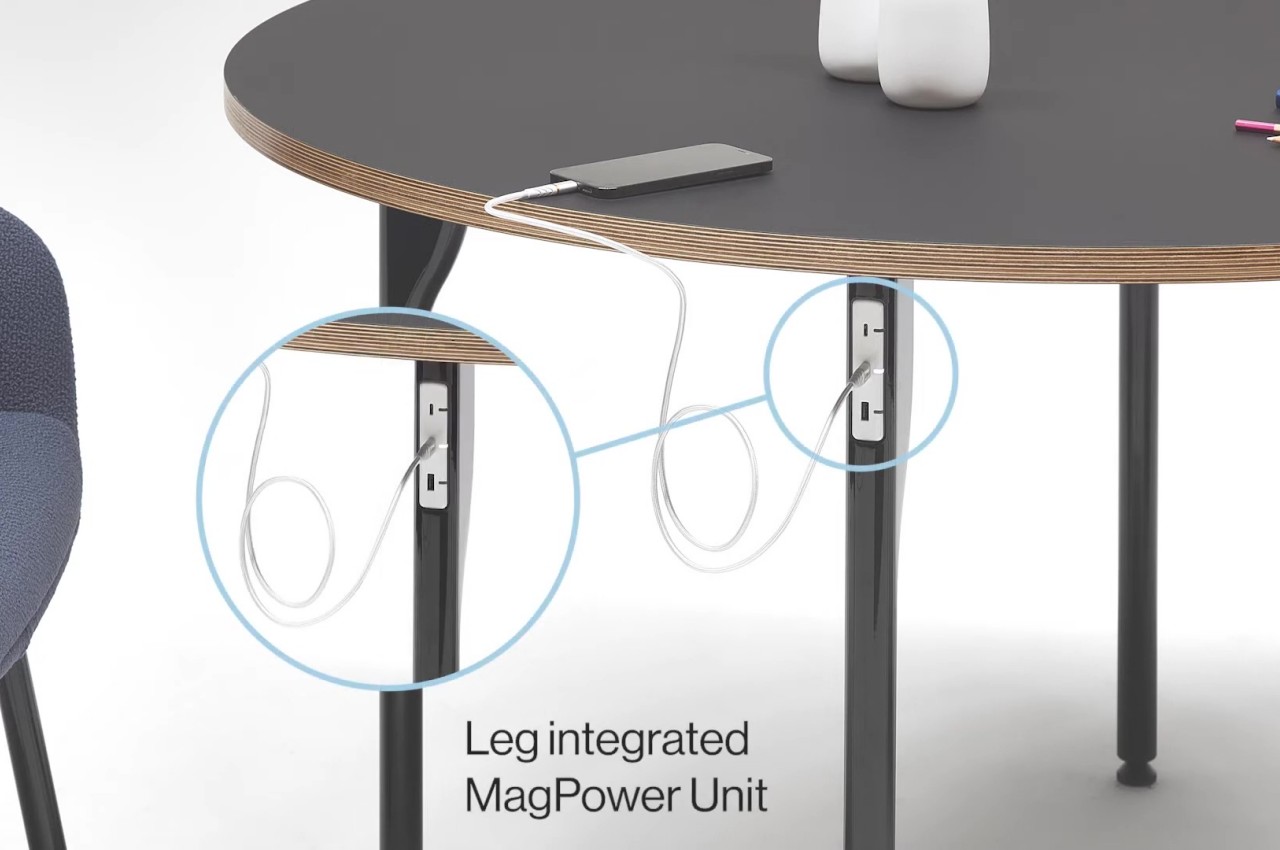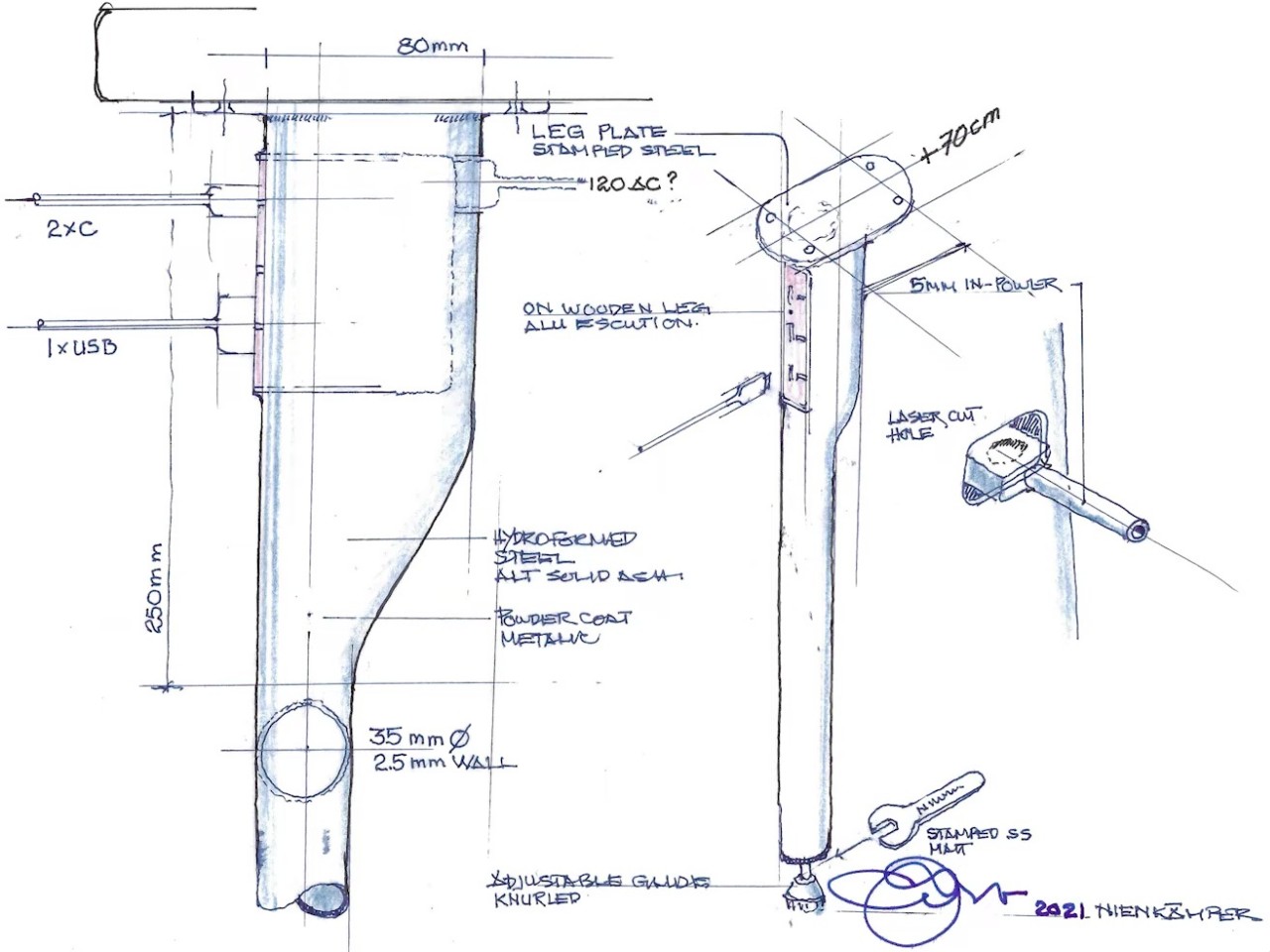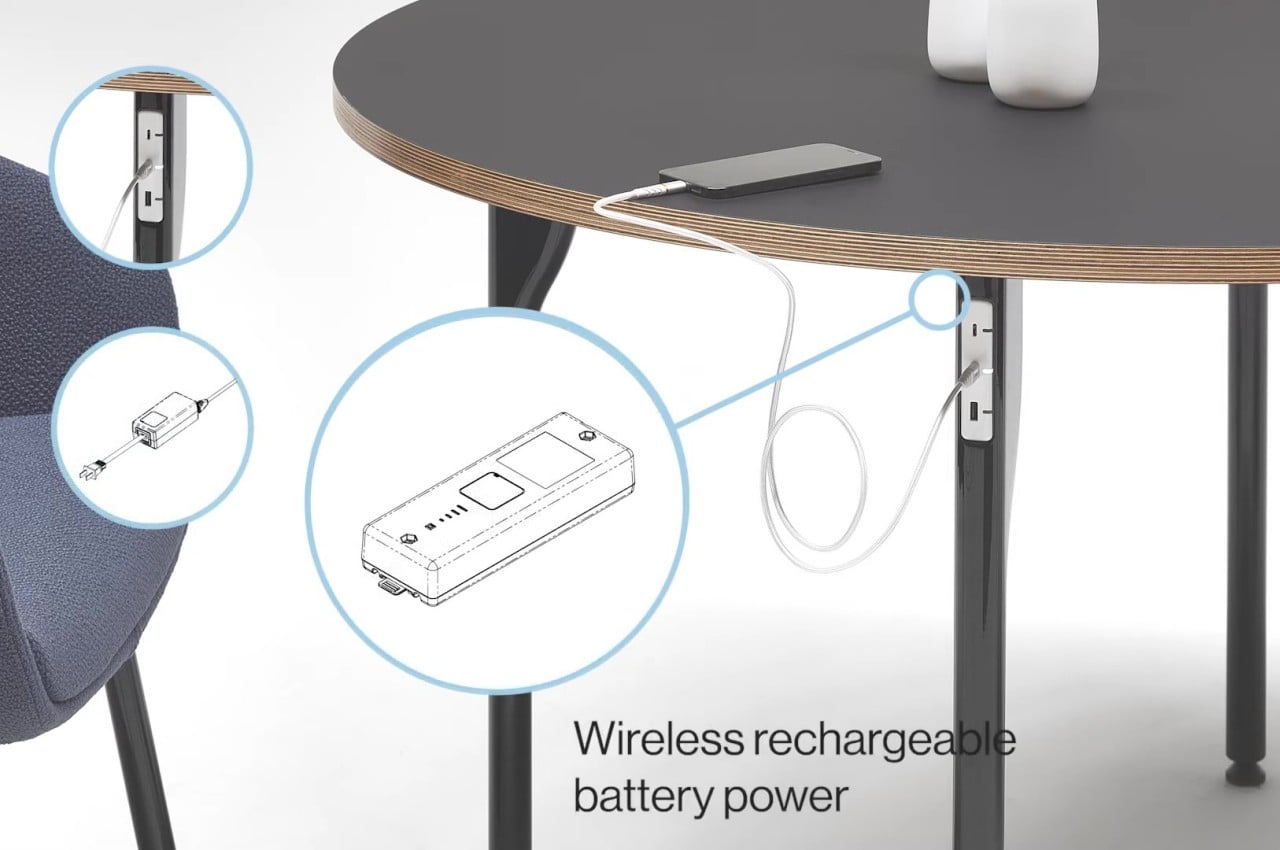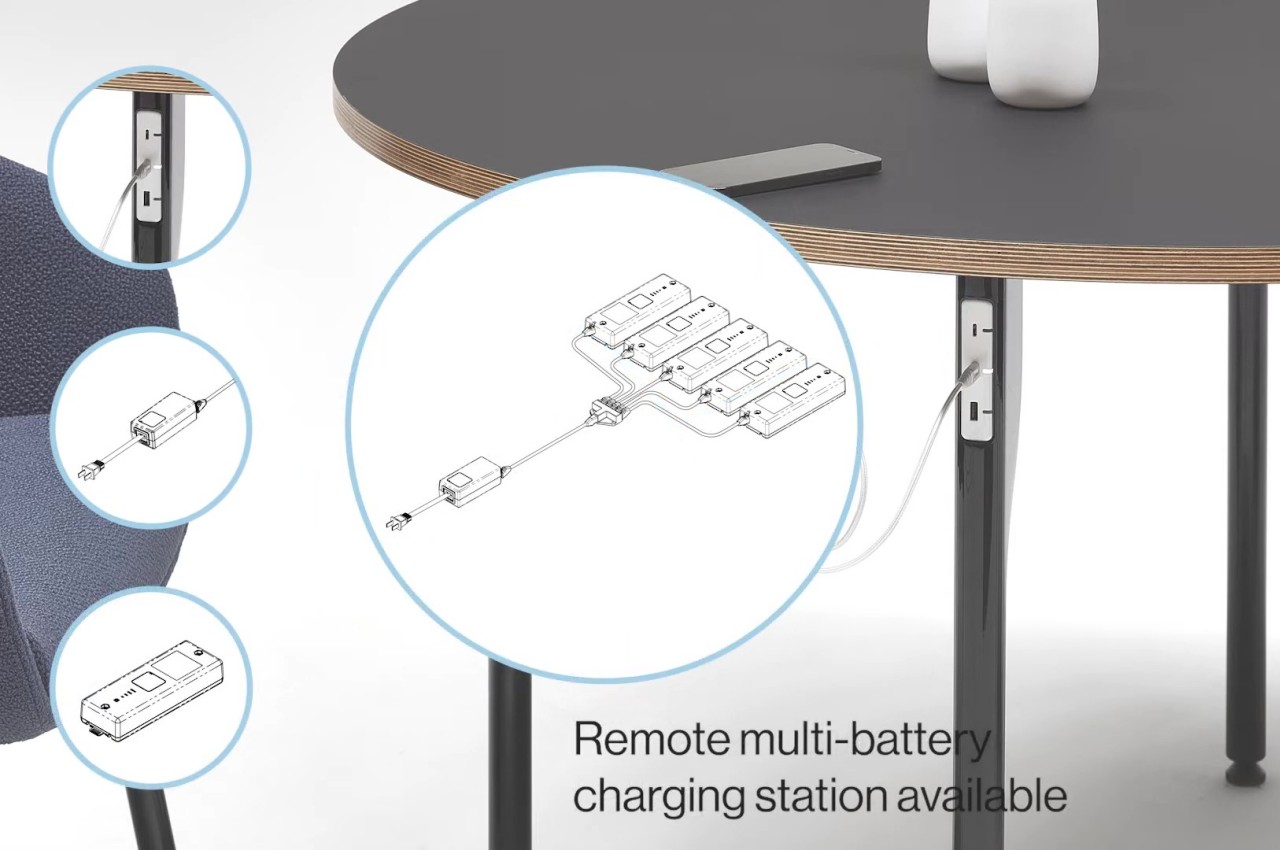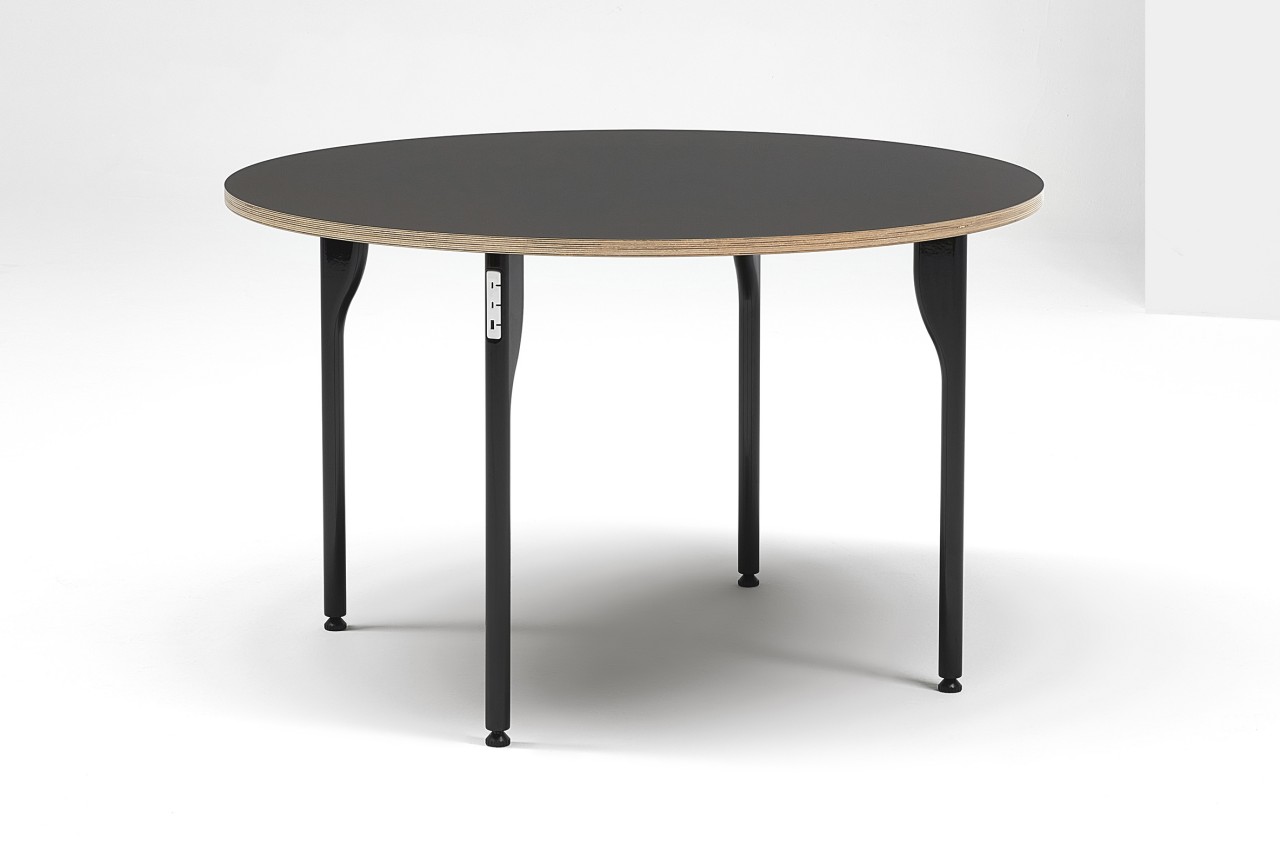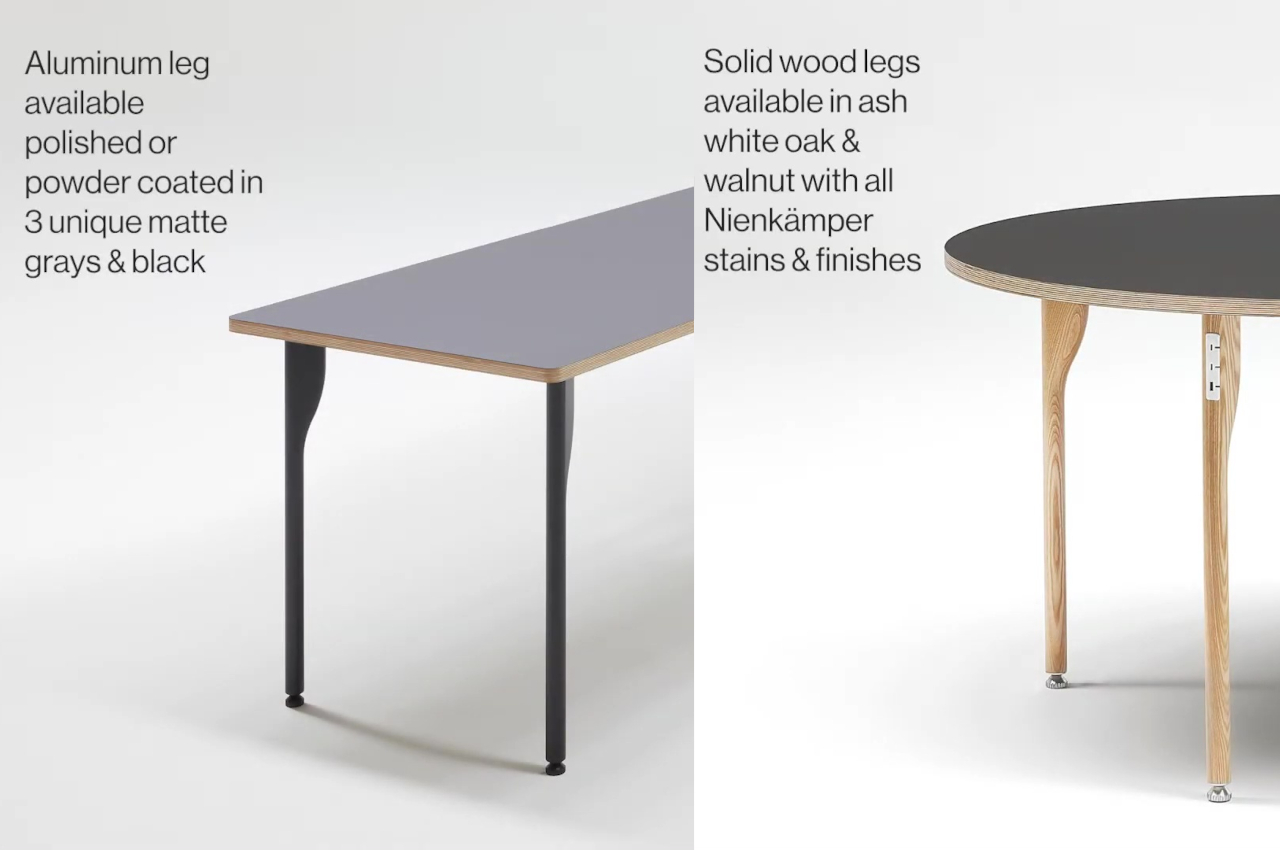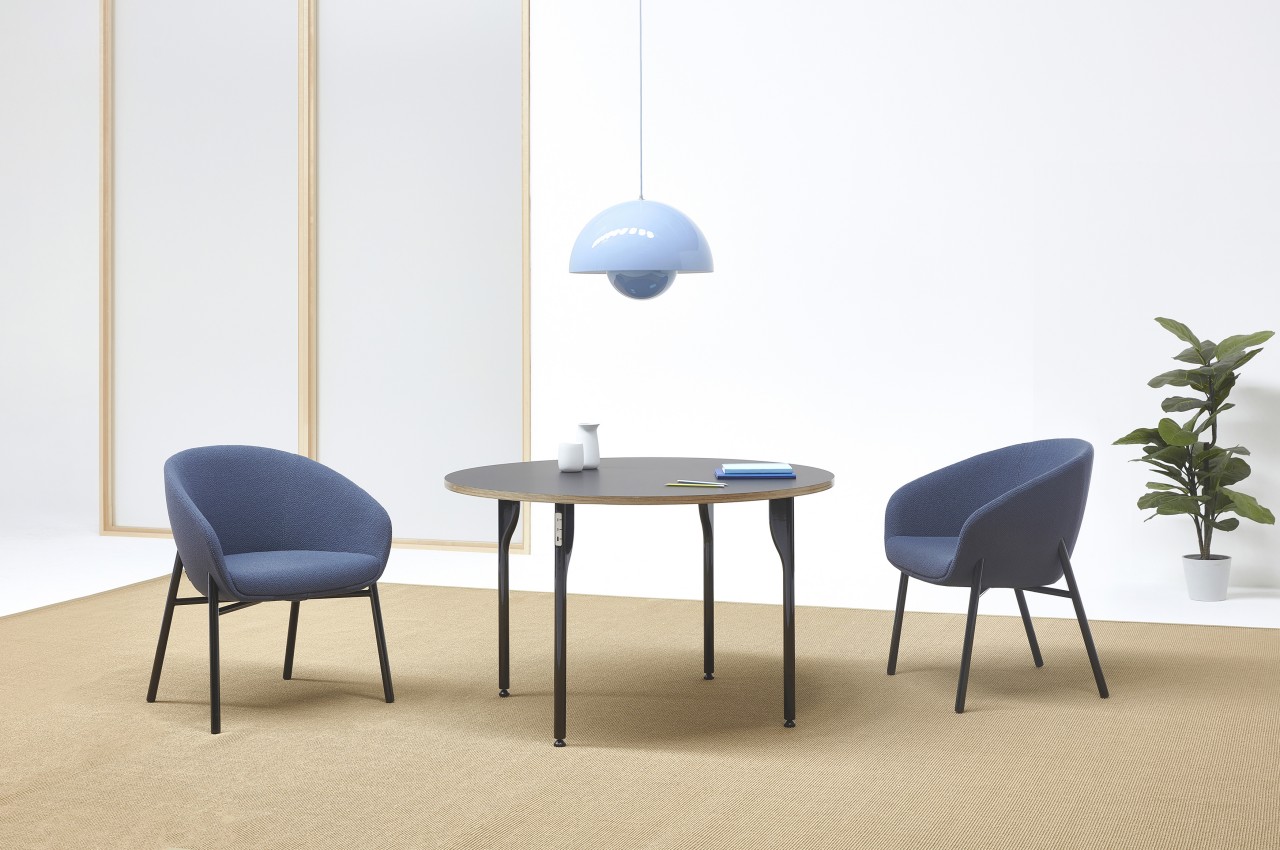Every power strip you’ve ever bought was designed for someone else. Too many USB-A ports when you need USB-C. No wireless charging. Or it has wireless charging but not enough wired ports. You’re stuck buying what manufacturers think you need, not what you actually need. TobenOne flips that script entirely. It’s a modular magnetic charging hub you build yourself. Snap on the modules you want, skip the ones you don’t. Need more USB-C? Add a module. Upgrade your setup later? Swap it out. It’s your desk, your devices, your rules.
The concept sounds almost embarrassingly obvious once you see it. A sleek aluminum rail serves as your base, and four circular magnetic modules snap onto it in whatever configuration makes sense for your setup. One module handles Qi wireless charging for your phone. Another packs three USB-C ports. There’s a USB-A 2.0 module for legacy gear and a hybrid USB-A 3.0 plus USB-C module for high-speed data transfer (I’ll dive into this later). The whole thing connects to your laptop via a single cable, and from there you can rearrange the modules however you want. It’s like someone finally asked “what if power strips worked like LEGO?” and actually followed through.
Designer: Tobenone
Click Here to Buy Now: $89 $179 (50% off). Hurry, only 262/500 left!

Most of us have been through this cycle multiple times. You buy a hub or power strip based on your current gear. Six months later you upgrade your phone or laptop or tablet, and suddenly the thing you bought has the wrong port mix. Maybe you needed more USB-C than you thought. Maybe that wireless charging pad you bought separately is now just another piece of desk clutter taking up space. The traditional solution is to buy another hub, add to your desk clutter like another Jenga block along with other power strips/bricks/dongles, and pretend your cable management isn’t spiraling into chaos.
TobenOne’s approach means you buy a system once and just shape-shift it based on your current or future needs. The modules are independent of the strip itself, so when USB-C becomes even more dominant than it already is, you don’t trash your entire hub. You just swap out one module for another. It’s a small shift in thinking that has surprisingly large implications for how we manage our tech ecosystems. And this doesn’t just mean convenience, it’s a much more sustainable approach too. E-waste from obsolete charging gear is a legitimate problem, and modular design that lets you replace components instead of entire devices is one of the few practical ways to address it without requiring everyone to become minimalist monks who own three possessions.
The execution is incredibly clean – the modules themselves are incredibly sleek, all brushed metal sides and matte black tops with minimal branding. When you snap them onto the base, they sit flush and lock in with what appears to be strong enough magnetic force to stay put during normal use. There’s even a volume control module that lets you adjust your computer’s audio directly from the hub, which feels like the kind of small quality-of-life feature that gives your power strip some power-user features. No more fumbling with software volume sliders or keyboard shortcuts. Just twist the module. Clever, no?
The modules attach to the front, but two USB-C ports on the side deliver power input and output. Plug the TobenOne into a power source and it’s good to go… plug the other USB-C end into your laptop and it becomes a passthrough charger while also giving those modules data connectivity to your laptop. That means you can use USB-A ports not just for charging devices, but also for connecting thumb drives, hard disks, etc. for high-speed data transfer. Suddenly your power strip is capable of so much more. And you could choose to keep the TobenOne on your table, or even wall-mount it so that you can attach your phone to its MagSafe module directly to the wall. That gives you full control without all the desk clutter. It’s a power strip, but it’s also a dongle, but it’s also a convenient companion that doesn’t get in the way of your minimalist desk setup.
And the LEGO meets IKEA meets MagSafe meets every tech user’s needs approach is just sheer genius (I honestly wonder why nobody built this before). You’re literally building your own charging solution the way you’d build with blocks, except these blocks and the arrangements you make have actual utility beyond satisfying your inner child. It’s personal, just the way your IKEA furniture feels personal because you made it ‘for yourself’. The magnetic attachment system borrows from Apple’s MagSafe philosophy. That satisfying click when things snap into place, the alignment guides that make sure everything sits correctly, the ease of detachment when you need to reconfigure. There’s no complex assembly. No configuration software. No firmware updates to manage. You literally just snap things together and they work. That balance is harder to strike than it sounds, and most modular tech products fail by skewing too far in one direction or the other.
The modular design gives you a whopping eleven total ports and charging options across all four modules when fully loaded. That’s wireless charging plus ten wired connections, which should be more than enough for most desk setups unless you’re running a home server farm. The base model at roughly $89 USD feels extremely value-forward for what’s being offered, but early bird Kickstarter pricing always provide discounts to attract early adopters. Expect the retail price to land somewhere around $179 once this actually ships. Even at that price point, the value proposition holds up when you consider you’re replacing multiple separate chargers, hubs, and wireless charging pads with a single integrated system.
I spent all of 2025 touting how GaN chargers were the future of tech (because of how tiny and powerful they are)… the TobenOne fleshes out an alternate reality in which the power strip isn’t ‘dead’, it’s replaced by something more shape-shifting, more modular, more ‘you’. Want to JUST have plug points? Go ahead. Maybe want to swap them ALL for USB ports? That’s allowed too. Can sacrifice one idle module? Take it out and add a MagSafe charger for your phone… or better still, the volume knob that lets you control your desktop/laptop’s system volume. The power strip suddenly becomes a hub… and stops being the archaic device that never really changed in all these decades. Pretty cool, isn’t it?
Click Here to Buy Now: $89 $179 (50% off). Hurry, only 262/500 left!
The post This Genius Modular Power Strip Lets You Swap Outlets, USB Ports, and Wireless Pads Like LEGO Bricks first appeared on Yanko Design.







